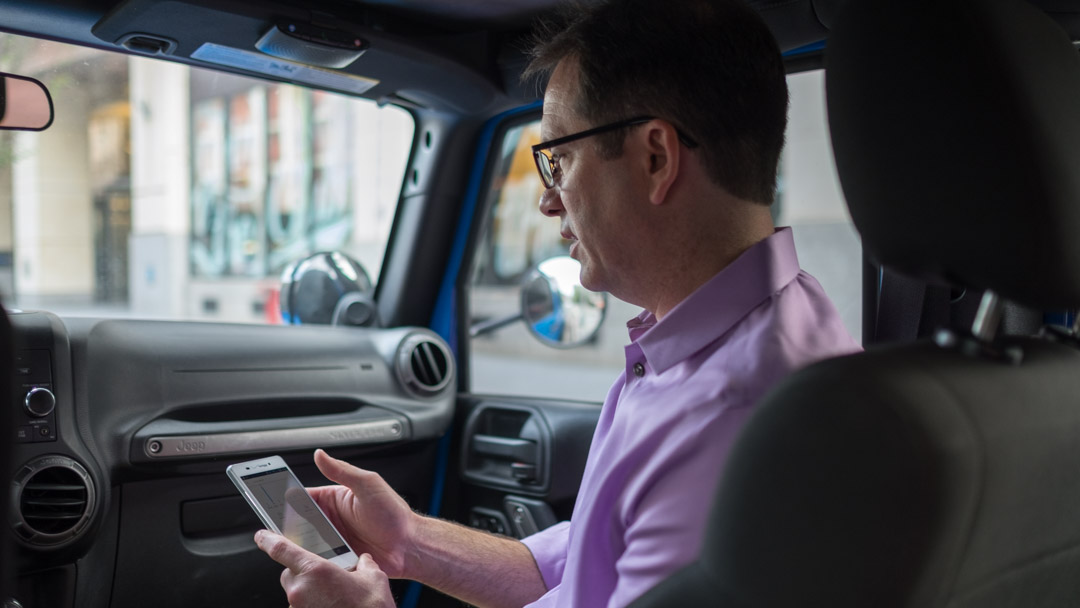
Connected cars are top of mind for many auto manufacturers and optimistic car buyers. But while new car models might be able to add on Android Auto, Apple CarPlay and other infotainment options, there is still a huge chunk of older vehicles that can't adopt the latest smart car tech due to hardware incompatibilities.Some even lack the physical dashboard space for an additional high-tech screen.
To help modernize the over 150 million vehicles that can't adopt cutting edge infotainment systems, Verizon is introducing Hum. The new $15 per month subscription service and accompanying free hardware adds LTE-powered connected features such as road-side assistance and diagnostic support to just about any car on the road in the US. But aside from being a more universal offering, Verizon Hum's best feature is its accessibility and the human touch to solve common car problems.
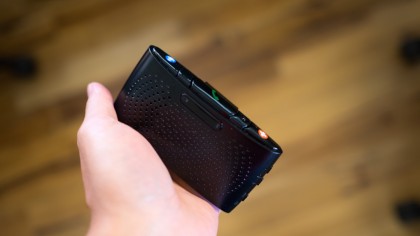
Simplicity at its best
Verizon Hum's simplicity starts at the heart of its hardware. Instead of coming in the form of a screen with a ton of electronics behind it, the Hum consists of two small pocketable pieces. There's the OBD-II connector, which plugs into the diagnostic port of your car to get a full read on its performance and status. At the other end is a small controller that's light and small enough to clip onto the sun visor in your car. The Hum also pairs with iOS and Android smartphones to provide extra information and notifications.
Because the Hum uses a standardized OBD-II port, it allows Verizon's connected car solution to work with just about any automobile from 1996 or newer, simply by plugging in where the connector into the corresponding OBD-II port usually located underneath the steering wheel.
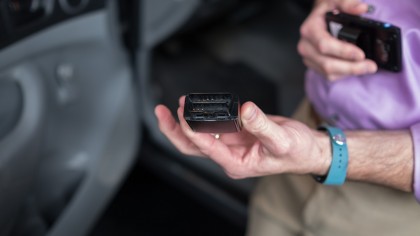
OnStar, which was partnered with Verizon until recently, also uses the same standard, but it's only available on GM-branded models. Apple Play and Google Play, meanwhile, are just making their way into automobiles and a significant portion of whips already on the road won't be compatible with newer infotainment systems.
"Less than 10% of the cars on the road are connected, while two-thirds want vehicles that are smart," Michael Maddux, director of product at Verizon Telematics, explained to techradar. Maddux went on to highlight that 73% of the individuals in the Verizon survey wanted safety and diagnostic data, which is the crux of Hum's functionality.
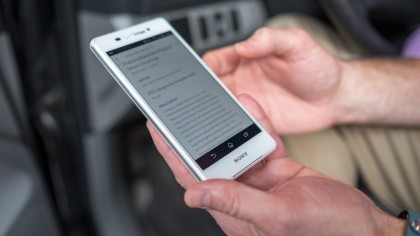
Virtual checkup
The Hum offers users more diagnostic data than both Apple CarPlay and Android Auto (though Google is experimenting in this field). Thanks again to the way the Hum plugs into an automobile's diagnostic OBD port, it can access all the same automobile information as if a mechanic were inspecting it. During a hands on demo, the check engine light went off and sure enough, the Hum identified the issue and summarized it on the paired smartphone.
Get daily insight, inspiration and deals in your inbox
Sign up for breaking news, reviews, opinion, top tech deals, and more.
For those who can't tell a manifold apart from the frame, hitting the call button will ring up a Verizon-partnered mechanic to fully explain the issue. Unlike the trips to the garage you might dread, the mechanic on the line kept things short when I spoke to him, getting to the most important points of telling me what the issue was, how it would affect the vehicle's performance and, most importantly, whether it was safe to drive.
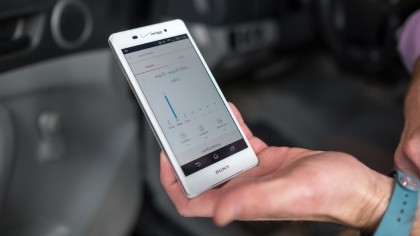
Having diagnostic data at your fingertips gives Hum a leg up compared to CarPlay and Android Auto. Throw in conversing with an actual person and it becomes very apparent that other competing solutions just have you talking to a cold machine.
Can't win them all
For all the things Verizon Hum gets right, there are also plenty of limitations. Compared to Android Auto and CarPlay, the red carrier's connected car solution is very light on features. Hum doesn't have any capacity for voice recognition nor other basic controls to adjust the sound system or climate control – and battery life is only limited to 18 hours.
In fact, Verizon's connected functionality is primarily limited to roadside assistance and diagnostic support. The few extra features it offers include bringing up a map for available parking, searching for repair discounts and reporting a stolen vehicle.
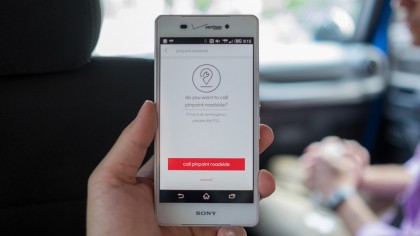
However, Verizon has done a great job at getting the most crucial parts right. It's made connected cars far more accessible and approachable than either Apple or Google, and both companies should take heed of these considerations if they hope to be larger part of the automotive industry.
Hum is available starting now in the US and costs $14.99 per month with a two-year contract agreement.
- Car makers are stepping up with an anti-hacking taskforce
Kevin Lee was a former computing reporter at TechRadar. Kevin is now the SEO Updates Editor at IGN based in New York. He handles all of the best of tech buying guides while also dipping his hand in the entertainment and games evergreen content. Kevin has over eight years of experience in the tech and games publications with previous bylines at Polygon, PC World, and more. Outside of work, Kevin is major movie buff of cult and bad films. He also regularly plays flight & space sim and racing games. IRL he's a fan of archery, axe throwing, and board games.
